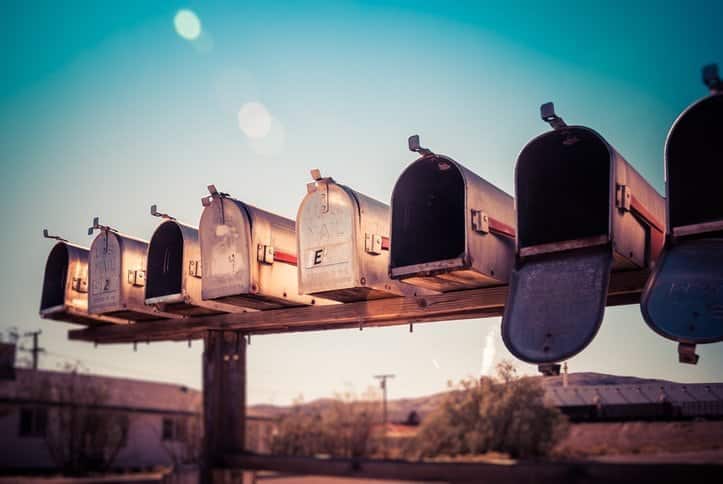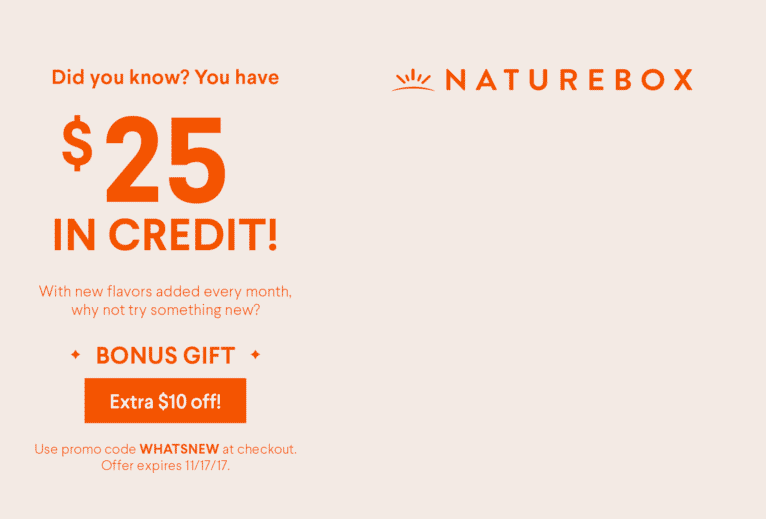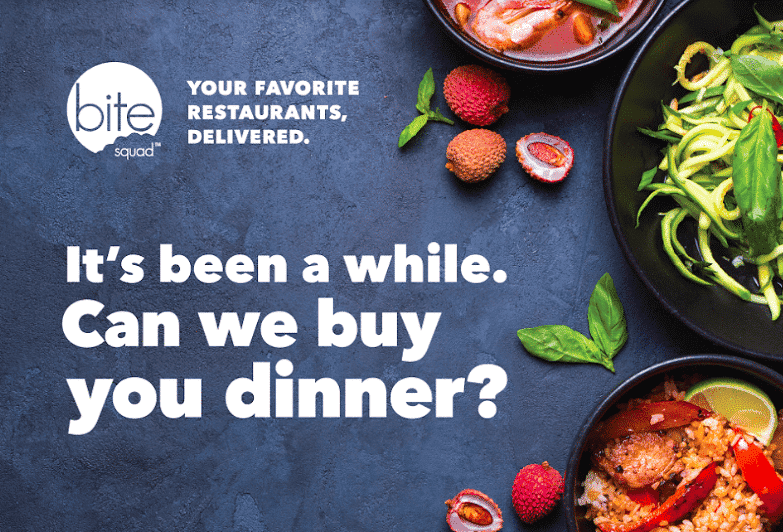Article
Personalized Post: 5 Do’s and Don’ts of Modern Direct Mail Campaigns
August 1, 2018

In the age of marketing automation, it’s easy to scrap direct mail from your to-do list because of its immeasurability, high cost, and slow execution. However, when done correctly, printed ads have a physical touchpoint that can lead to a high return.
Traditionally, direct mail has been motivated by a company’s desire to send a message relevant to their needs. Today, brands have access to so much data, they can create mail around what’s relevant to the customer. User data, email lists and customers’ purchase history can inform a direct mail marketing campaign. And if done right, the results can blow you away. According to the Data & Marketing Association, direct mail has a strong response rate: 5%, exceeding digital channels, which hold a 2% response rate.
How can you modernize direct mail for the online consumer? These do’s and don’t will help you understand how to use mail to re-engage your customers.
Do Create a Direct Mail Campaign for the Offline User
When a customer opts out of your email list or stops purchasing your products online, this is the most relevant time to utilize direct mail. A simple postcard with a compelling call to action could change a customer’s mind about why they left or disengaged. For example, NatureBox, a subscription-based healthy snack delivery service, targeted customers who lacked activity but still had store credit.

After a few days, customers received a postcard with a friendly message detailing their store credit and a promo code with an added bonus. Over a five to six week redemption period, the customers who received the postcard had a 35% lift in orders per customer, NatureBox saw a 60% lift in net revenue per customer, and the campaign netted approximately an 8.9% redemption rate. That’s effective direct mail.
Don’t Spend too Much Energy on ZIP Codes
Direct mail typically targets customers geographically. When a new business arrives in town, they send out mailers with an announcement or promotional offer to neighboring ZIP codes. This is no longer the best use of your time.
Instead, segment a list based on ZIP Codes. Then use your customer’s behavioral history to target individuals on a personal level. Your business already has deep-rooted online information about your customer base, so make the analytics work in your favor. Find out which customers have tapped out of your workflow and reach them offline with a variety of re-engagement postcards.
Do Integrate a Direct Mail Strategy With Your CRM
Blend direct mail with other channels. According to The Little Book of Bigger Returns, direct mail boosted ROI by 20% when it was part of an integrated campaign. Now, you can integrate personalized postcards automatically using custom event triggers with your CRM. Bite Squad synced their customer database with the direct mail automation tool to re-engage dormant users. The food delivery app sent “freebie” postcards to customers with several months of inactivity.

The “Can we buy you dinner?” postcard included a coupon code, making the mailed offer trackable and testable. Since the ultimate goal was to bring customers back online, that CTA was key. By the end of the campaign, Bite Squad saw an 18% redemption rate.
Don’t Send Direct Mail Unless It’s Personalized
Because customers are receiving a high level of personalization on most marketing channels, they expect it on all channels. So if a piece of mail is irrelevant, it will be tossed. Fortunately, if your direct mailer reaches your customer’s home, there is an 81% chance that the recipient will read or scan it, according to the United States Postal Service.
If the mailer is relevant, the offer will live in the home an average of 17 days with the chance to be shared between people, and saved for future reference. On the other hand, the lifespan of an email is measured in seconds, not days. This is your opportunity to generate loyalty with a physical touchpoint.
Do Send Postcards as Part of the Customer Journey Mapping
A customer journey map can tell you a lot about your users and the experiences they have with your brand. This information often comes in the form of an infographic, which will help you easily spot where and when a direct mail strategy will benefit your brand.
When you use a graphic to see the story of your customers’ experiences, you can easily incorporate personalized postcards. For example, a customer who has a dip in activity for several months could be a perfect candidate for a direct mail campaign.
Hilary Scheppers is a Marketing Consultant and Content Writer at Inkit.
Learn more about how you can improve your customer journey through personalized marketing.
The State of Brand Loyalty in the U.S. in 2023
Related



